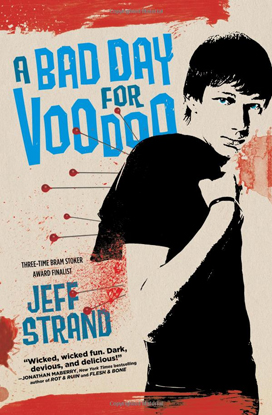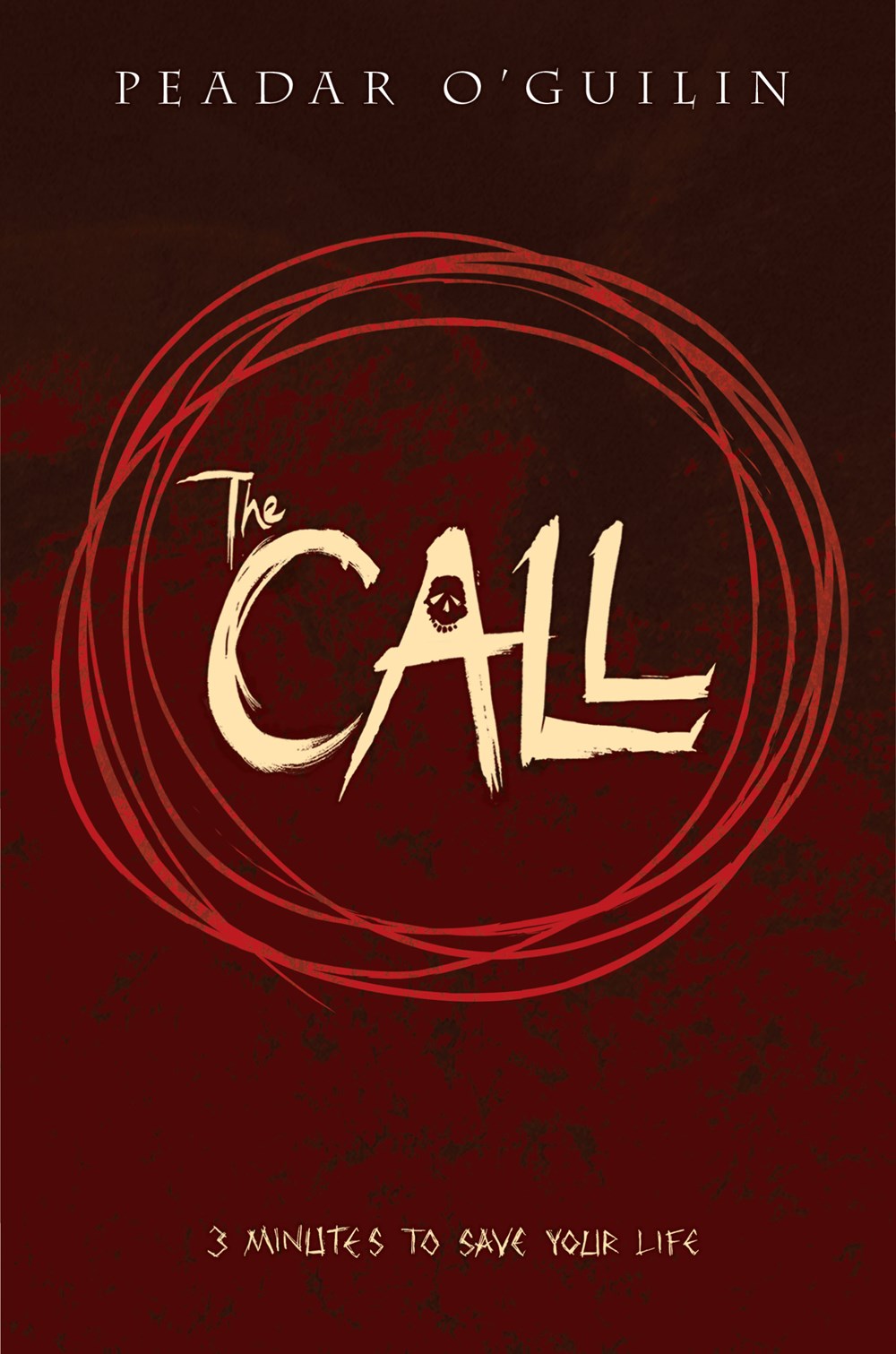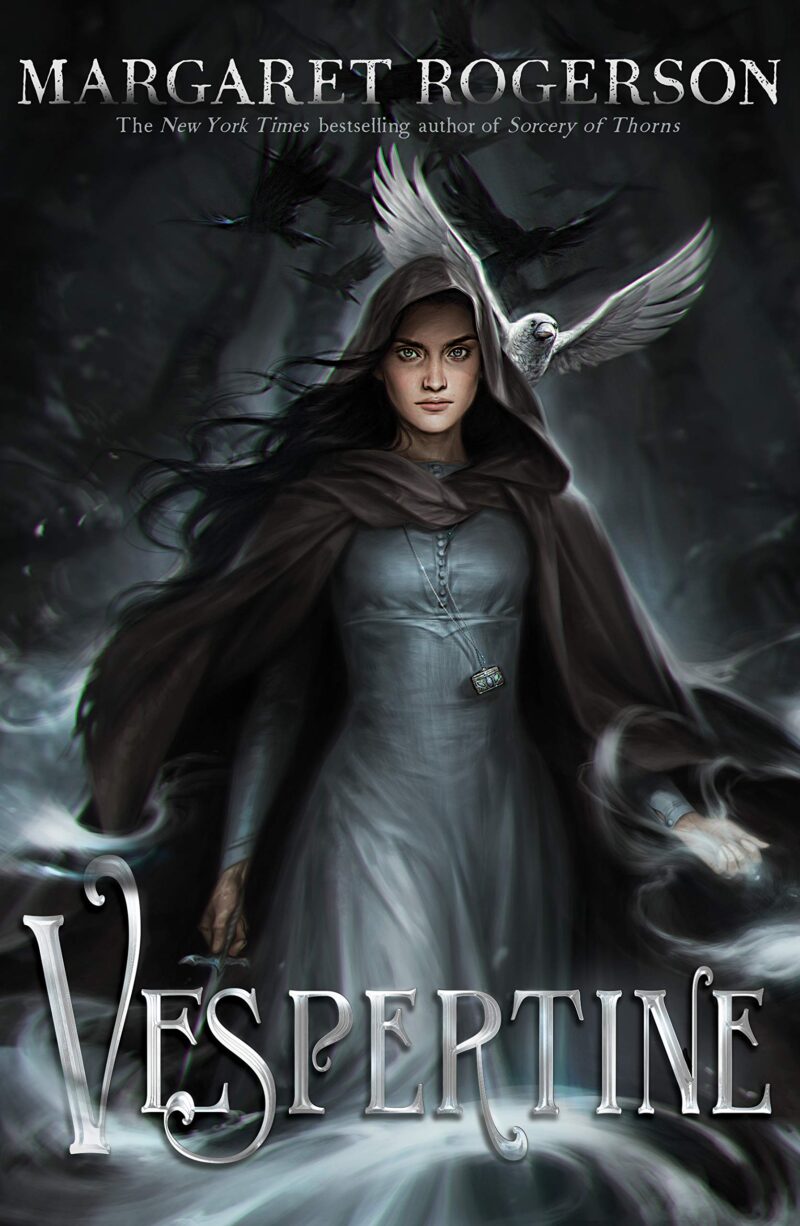[button color=”black” size=”big” link=”http://affiliates.abebooks.com/c/99844/77798/2029?u=http%3A%2F%2Fwww.abebooks.com%2Fservlet%2FSearchResults%3Fisbn%3D9780451531513″ target=”blank” ]Purchase here[/button]
Published in 1831 in French under the title Notre-Dame de Paris, this book has been made into an opera, a ballet, several stage plays, two musicals, and at least 15 films, including TV and animated versions. One conclusion I could draw from this is that it’s a very popular tale, and so there is a good chance that you already have some idea of what it’s about. Another conclusion that I came to while listening to David Case’s expert audiobook narration, is that it was written in a way that lends itself to dramatic interpretation. It’s not hard to see why so many theater and film producers have found it hard to resist the urge to adapt this book to their medium. It comes ready-made with dramatic set pieces, entertaining dialogue, moving soliloquies, skillfully blocked stage business, characters making dramatic entrances and exits, vividly described scenery, and impressive spectacles that leave one thinking, “I wonder how this could be engineered for the stage.” Sometimes its melodrama is downright operatic: “With a few cuts,” one thinks, “this could easily be made into a libretto.” As the villain struggles to hang on while dangling 200 feet above certain death, one thinks, “I know just how I would edit this scene, intercut with shots of the gargoyles and sculptures on the church’s facade.” You see where the idea comes from.
Perhaps, now that this has been done so many times, the time has come for film and theater people to give it a rest. It’s not only that they’ve already outdone each other every which way (though they have never outdone the novel). It’s that they have, some way or other, changed the story out of all semblance to its original shape and purpose. Try this experiment: Read this book yourself, and then check whether its ending resembles that of any of the competing film versions, all of which differ from each other. Who lives? Who dies? Is it happy or tragic? Which characters are left in, or combined with other characters to simplify the plot? What is it really about?
The first thing that may surprise you is that it isn’t narrowly focused on the hunchback, Quasimodo, who rings the bells at the church of Notre-Dame in Paris in the year of our Lord 1482. He is only one of several characters who treads the stage in this drama; though, because his particular tragedy is the master-stroke that powers the book to its terrible conclusion, he deserves to be the character singled out in the title of the English translation. Not all adaptations of this book single out Quasimodo, though; some of the films, for example, are named after (La) Esmeralda, the gypsy girl whose fate is intertwined with his. It is worth remembering, though, that Hugo’s original title suggests that the church of Notre-Dame and the city of Paris are really the main characters in this novel. I give fair warning to those who come to this book in search of cheap thrills and easy gratification: the story takes a while to pick up speed. In the meantime, Hugo spends several early chapters developing a high-resolution picture of what he believed Paris to be like in 1482: a place whose architectural marvels had all but disappeared, or been disfigured by later stylings, by the time of his writing; a place that can hardly be seen at all now, except in the images his words paint on the mind’s canvas.
Though it takes them almost the whole length of the book to figure it out—and I don’t think they ever work out all the details—Quasimodo and La Esmeralda were swapped in their infancy. The pretty girl was taken from her unmarried mother, a floozy whose career was fading with her looks when she poured all of her love into the child. The mother all but lost her mind when her dear baby Agnes was stolen by gypsies and replaced with a deformed child of their own. She rejected the little monster, and so he was brought up as a foundling by a priest at Notre-Dame: a grim, scholarly fellow named Claude Frollo. Claude has a tender side towards not only the hunchback but also a much younger brother of his own, who grows up to be a wastrel named Jehan. But it is, alas for both of them, not Jehan but Quasimodo who responds to the priest’s kindness with respect and devotion.
All this is prologue to the events of the story, in which a motherless gypsy girl named La Esmeralda is loved by three men but, tragically, she only loves a fourth who does not love her. Claude Frollo’s obsession with La Esmeralda is a psycho-study in diseased sexuality, religious torment, extortion, abuse of power, and life-destroying evil that in today’s world would spell “rapist.” Pierre Gringoire, who technically happens to be La Esmeralda’s husband (though she has never let him touch her), finds her attractive enough, but really thinks more of his own interests and of the trained goat that follows the girl around. Phoebus, the Captain of the King’s Archers whom La Esmeralda loves with single-minded devotion, has no interest in her except as a casual dalliance, while he remains betrothed to another young lady. Finally, it is Quasimodo, whose ugliness repels and frightens La Esmeralda, who loves her with a purity and tenderness that is never reciprocated. Get the thought out of your head that this is going to end happily. As light and flippant as Hugo’s writerly tone may be, THIS IS A TRAGEDY.
Only a few other pieces need to be put in place. One is a hermit woman whose cell overlooks the gibbet where Esmeralda is sentenced to hang. The hermit is the mother of poor baby Agnes, who has spent the past fifteen years mourning the child she believes to have been eaten by gypsies. She jeers with bitter glee at the news that the pretty dancing gypsy girl, about the same age as Agnes (for reasons I’m sure you can guess) will be led to the gallows. But before Esmeralda gets there, the hunchback snatches her from the hands of her captors and claims refuge for her in the church of Notre-Dame. Why, you ask, has Esmeralda been condemned to death? Partly for witchcraft—because superstitious folk are alarmed by the tricks she has trained her pet goat to perform, and because a boy stole a coin from a silly woman and left a leaf in its place, which was put down to witchcraft—and partly for murdering Phoebus, although in the first place it was Frollo who stabs him, and in the second place, Phoebus survives the attack. Expect to feel torn by helplessness and pity as the girl’s doom draws nearer, indifferent to the fact that her supposed victim is not only alive, but actually taking part in the hunt for her.
Though it is painfully obvious that Phoebus does not love her, La Esmeralda’s misplaced love for him finally seals her doom. Well—that and the spiteful malice of Claude Frollo, who hates and loves her with equal intensity. Between a disorderly mob attempting to rescue her from the King’s justice, and a devoted hunchback (who, unfortunately, is as deaf as he is deformed) mistaking them for a disorderly mob trying to lynch her, the square in front of the cathedral becomes a bloodbath of gruesome violence and death—and this hastens, rather than prevents, the girl’s death. And while most of the principal characters die in the climactic pages of the book, or shortly thereafter, the few who survive leave a bitter flavor in the reader’s mouth. Only the final twist, in the chapter titled “The Hunchback’s Marriage,” shades the aftertaste of sadness back towards the sweet end of bittersweetness. But in case I haven’t emphasized it enough, let me remind you once more that THIS IS A TRAGEDY. Accept no Disney substitutes, which leave room for a cheerful song-and-dance number and a straight-to-video sequel. If you haven’t felt yourself sighing at the memory of this story and its ending, even days after finishing it, you haven’t really experienced The Hunchback of Notre Dame. Read the book; or, if that’s to slow for you, listen to the audio-book.
Notre-Dame de Paris was the fourth of Victor Hugo’s eight novels. The only other one that is now widely read in the English-speaking world was his next novel, Les Misérables (1862), written over thirty years later. Though his criticism of royalty and corrupt leadership is indeed much milder in this earlier novel, that is another element you can expect in this book, which (besides a wicked priest) also features a merciless king, a deaf judge, a torture-happy inquisitor, and a doctor who extorts money out of his patients. Hugo’s social conscience will hardly be a surprise to anyone familiar with his other great novel. Hugo (1802-85) is also admired for his poetry, for plays such as Ruy Blas, and for several novels inspired by his off-and-on exile to the Isle of Guernsey. Now that I have tasted the pleasures of Hugo’s storytelling style, I hope and expect to report more of my discoveries among his works.




